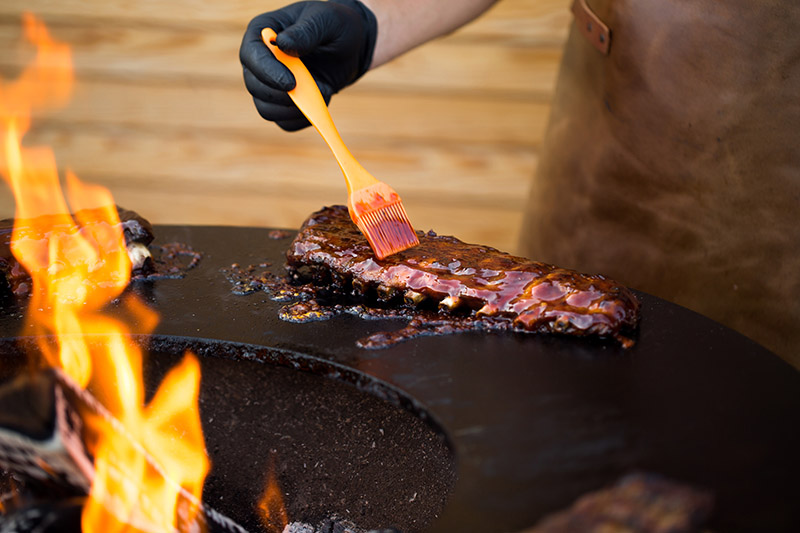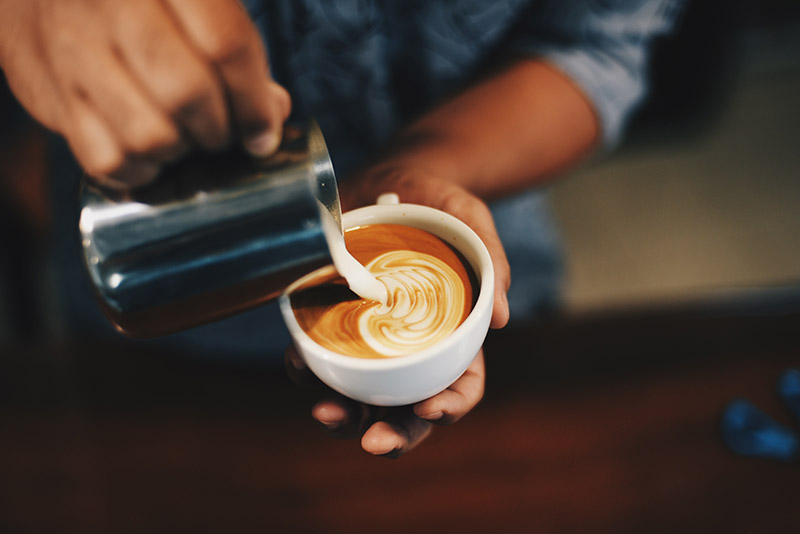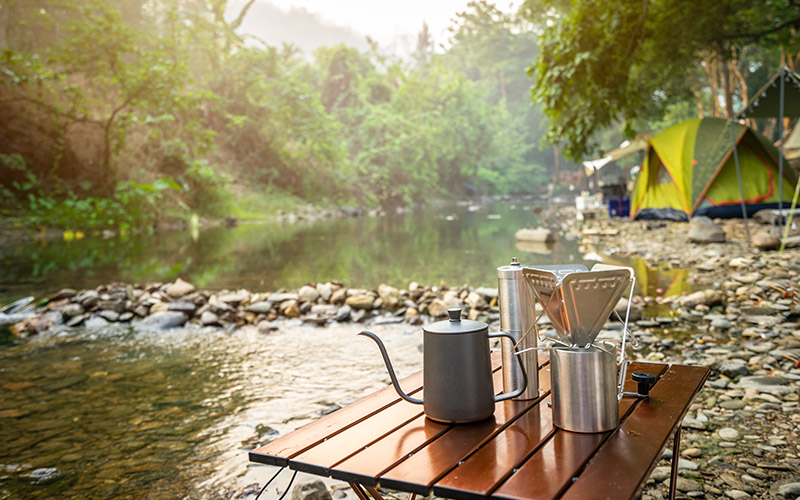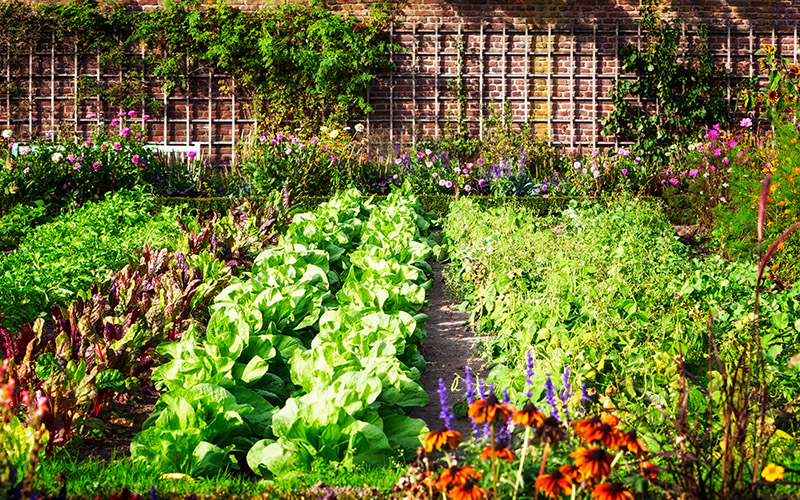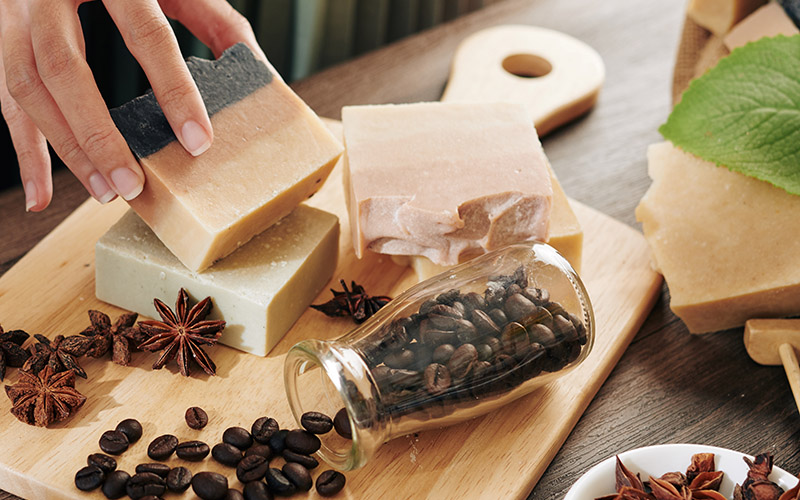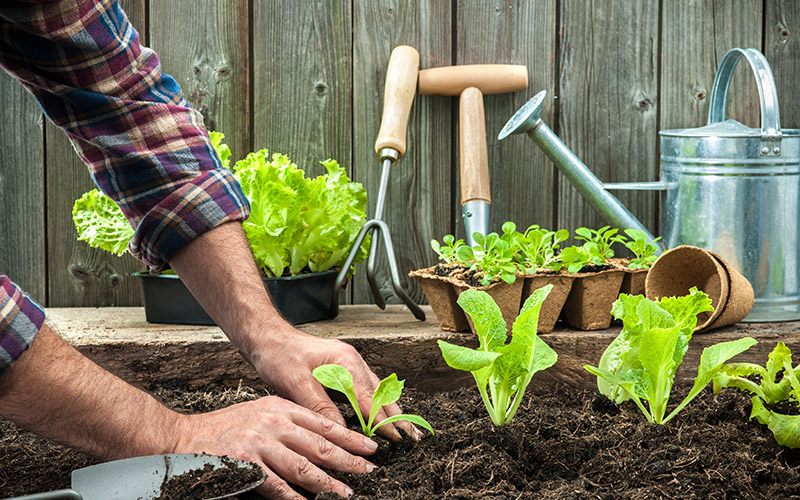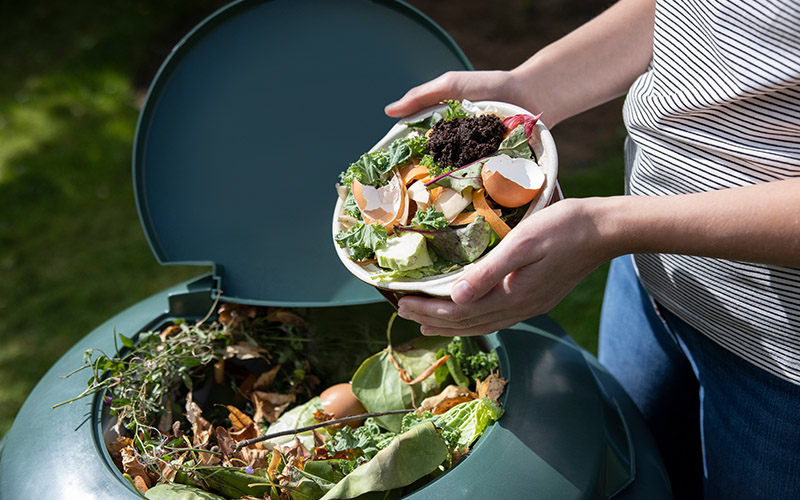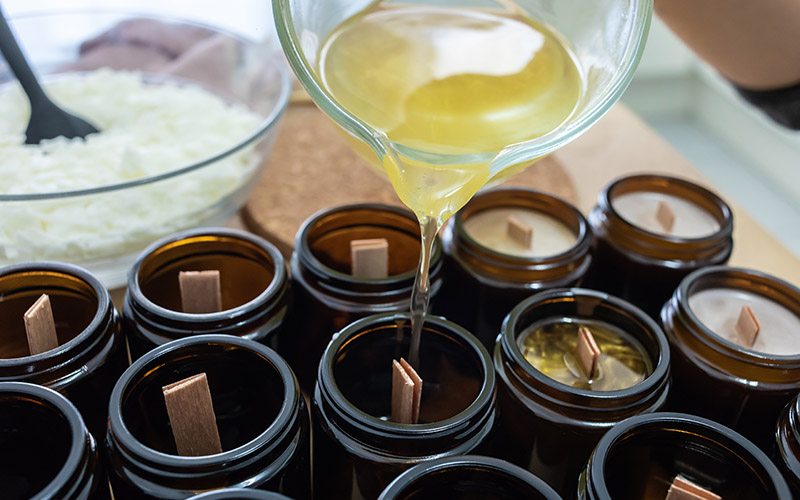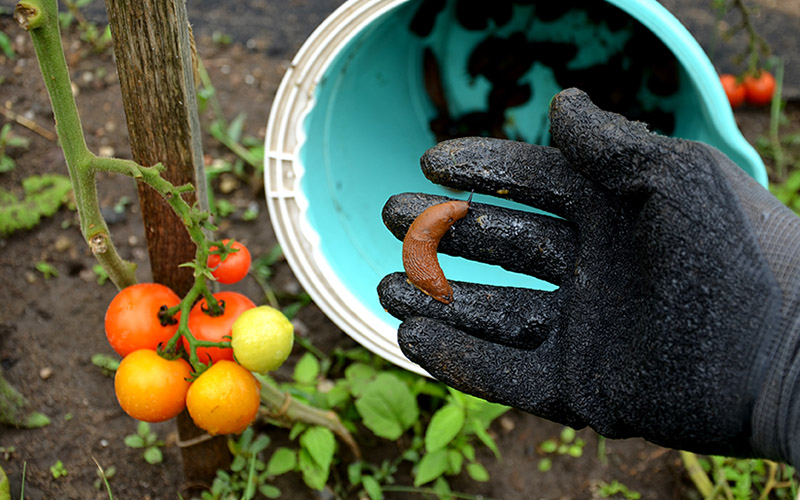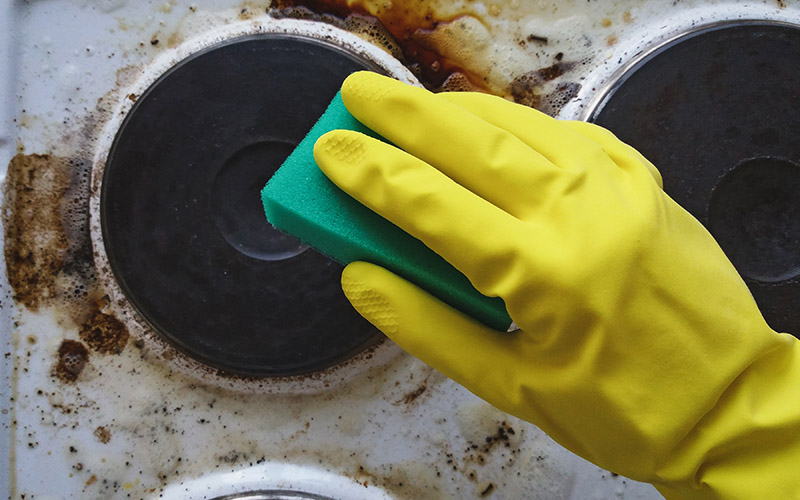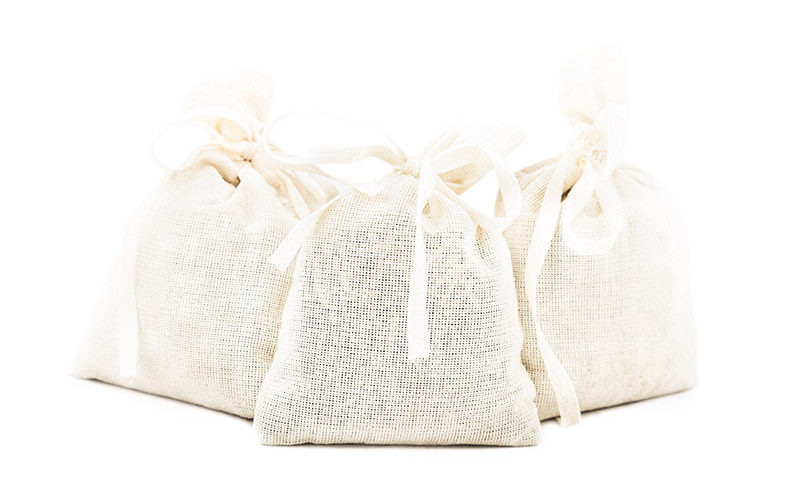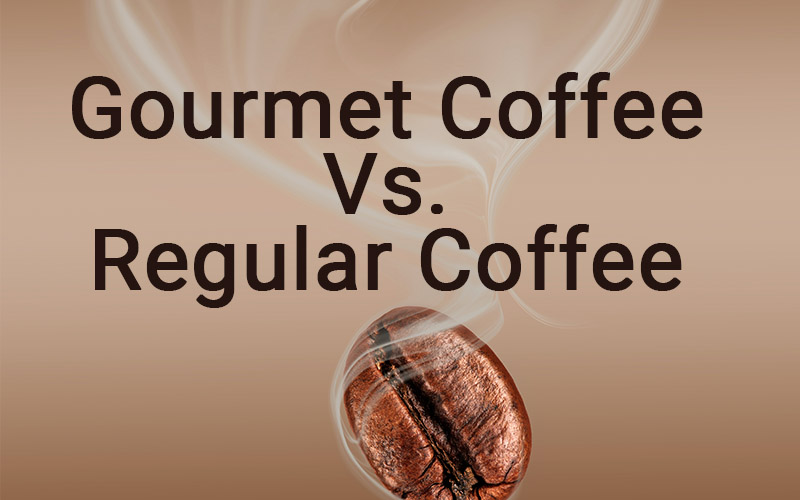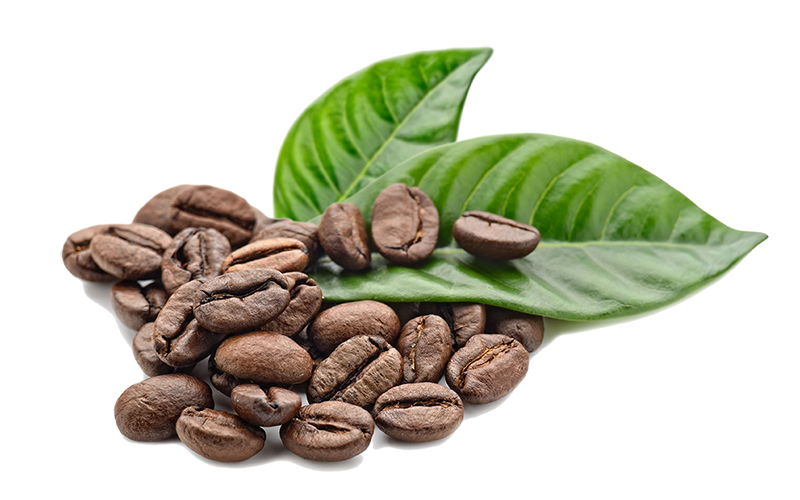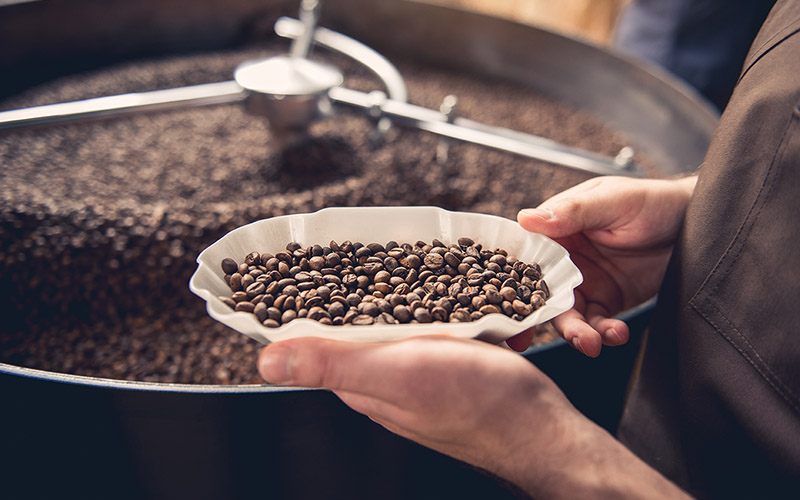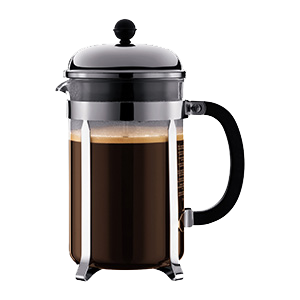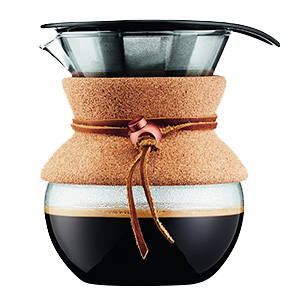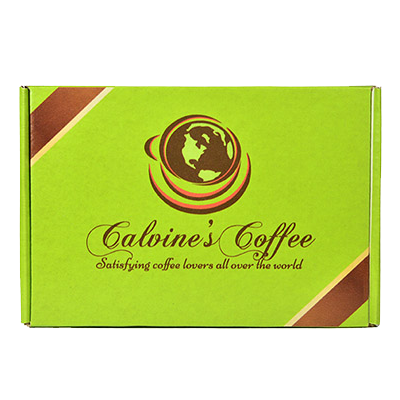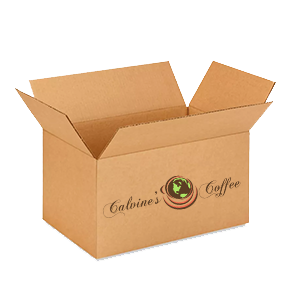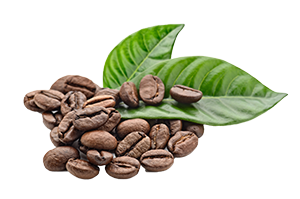
Get Brewing and Celebrate National Coffee Month with Calvine’s Coffee
What is National Coffee Month and Why It’s Worth Celebrating
Get ready to brew, sip, and celebrate because National Coffee Month is upon us! Every August, coffee lovers from around the world come together to honor and appreciate the beloved beverage that fuels our days and brings joy to our mornings. But what exactly is National Coffee Month, and why is it worth celebrating?
While the exact origins of National Coffee Month remain somewhat elusive, its significance as a time to celebrate and appreciate coffee’s influence is undeniable. It has become a cherished tradition that allows individuals to come together, express their love for coffee, and explore the vast array of flavors and experiences that coffee has to offer.
The observance of National Coffee Month typically involves a variety of events, promotions, and activities that celebrate the coffee culture. Calvine’s Coffee invites you to embrace this month-long celebration and share your love for coffee with friends, family, and fellow coffee enthusiasts, creating cherished memories over conversations and laughter.
Highlighted below are a few of our favorite ideas on how you can celebrate the beverage that brings you joy, comfort, and inspiration every day.
Host a Coffee Tasting Party with Calvine’s Coffee Selection
Hosting a coffee tasting event with Calvine’s Coffee selection is a fantastic way to explore and appreciate the nuances of different coffee blends while enjoying the company of fellow coffee enthusiasts by hosting a coffee tasting party. Gather your friends, brew some delicious cups, and embark on a delightful journey of taste and aroma.
- Select a Variety of Coffees:
Choose a range of coffees from Calvine’s Coffee selection to offer your guests a diverse tasting experience. Include different roast levels, such as light, medium, and dark, as well as various flavor profiles to cater to different preferences. - Set Up a Tasting Station:
Create a designated area for the coffee tasting with all the essentials. Arrange small cups or tasting glasses, spoons, water for rinsing, and palate cleansers like unsalted crackers or plain bread. Label each coffee clearly so that guests can identify and compare them easily. - Provide Brewing Options:
Offer a variety of brewing methods, such as pour-over, French press, or espresso, to showcase the versatility of the coffees. Provide brewing equipment and instructions, or even have a barista on hand to demonstrate different techniques. - Encourage Discussion and Note-Taking:
Encourage your guests to share their thoughts and impressions of each coffee. Provide tasting notes or flavor profiles for reference, but let everyone express their own opinions. Consider providing small notepads or tasting cards for guests to jot down their observations. - Pair with Complimentary Treats:
Enhance the tasting experience by providing complementary treats that complement the flavors of the coffees. Consider offering a selection of pastries, chocolates, or fruits that can be enjoyed alongside the different coffees. - Engage in Conversation:
Coffee tastings are not only about the flavors but also about the stories behind the beans and the brewing process. Share interesting facts about the origin, processing methods, and unique characteristics of each coffee. Encourage guests to ask questions and engage in conversations about their preferences and experiences. - Provide Take-Home Goodies:
As a thoughtful gesture, consider providing guests with small samples or bags of their favorite Calvine’s Coffee selection to take home. This allows them to continue enjoying their favorite flavors and serves as a reminder of the delightful tasting experience they had at your coffee event.
Create Delicious Coffee-inspired Recipes Using Calvine’s Beans
Calvine’s Coffee offers not only exceptional coffee beans but also a world of culinary possibilities. Take your coffee experience to the next level by incorporating these rich and aromatic beans into delightful recipes. From sweet treats to savory dishes, let the flavors of Calvine’s Coffee beans elevate your culinary adventures.
- Whip up a batch of homemade espresso-infused brownies or cookies:
Intensify the rich and chocolatey flavors of your favorite brownie or cookie recipe by adding a dash of finely ground Calvine’s espresso beans. The earthy notes and slight bitterness of the espresso will beautifully complement the sweetness of the baked goods, resulting in a delightful treat that will leave your taste buds craving more. - Experiment with savory dishes like a coffee-rubbed steak or espresso barbecue sauce:
Unleash the versatility of Calvine’s Coffee beans by incorporating them into savory dishes. Create a flavorful coffee rub by combining freshly ground coffee with spices and herbs, then generously coat your steak before grilling or pan-searing. The coffee’s robust flavors will add depth and a unique twist to the meat. Alternatively, infuse your barbecue sauce with a shot of espresso to achieve a smoky, tangy, and slightly bitter profile that perfectly complements grilled meats and veggies. - Indulge in a coffee-infused breakfast:
Start your day off right by infusing your morning routine with the invigorating flavors of Calvine’s Coffee beans. Add a spoonful of freshly ground coffee to your pancake or waffle batter for a subtle and delightful coffee kick. For a creamy and indulgent breakfast option, whisk brewed coffee into your oatmeal or blend it into your smoothie for a caffeinated boost. - Delight in a coffee-inspired cocktail or mocktail:
Unleash your creativity by incorporating Calvine’s Coffee into your favorite cocktails or mocktails. Shake up an espresso martini using Calvine’s espresso beans, vodka, coffee liqueur, and a touch of sweetness. For a refreshing non-alcoholic option, create a coffee-based mocktail by mixing chilled brewed coffee with a splash of flavored syrup, a squeeze of citrus, and sparkling water.
With Calvine’s Coffee beans as your culinary companion, the possibilities are endless. So, grab your apron, unleash your inner chef, and embark on a coffee-inspired culinary adventure with the exceptional flavors of Calvine’s Coffee beans.
Organize a Latte Art Competition for the Ultimate Barista Showdown
Are you ready to bring some excitement and artistry to your coffee event? Look no further than hosting a thrilling Latte Art Competition that showcases barista skills and creativity. This fun-filled event is guaranteed to engage coffee enthusiasts and provide a platform for baristas to display their talent.
Here’s how you can organize the ultimate barista showdown:
- Set the Stage:
Create a vibrant and welcoming atmosphere by transforming your space into a coffee haven. Set up dedicated stations with espresso machines, milk frothers, and a variety of Calvine’s Coffee beans for participants to experiment with. Decorate the area with coffee-themed artwork and provide ample seating for spectators. - Gather the Baristas:
Invite passionate baristas from local coffee shops or your community to participate in the competition. Encourage them to bring their creativity and skill to the table as they vie for the coveted title of latte art champion. - Showcasing Creative Designs:
Provide baristas with the necessary tools and ingredients to create stunning latte art designs. Milk frothers, pitchers, thermometers, and espresso machines should be readily available. Encourage participants to showcase their skills and push the boundaries of creativity in their designs. From classic rosettas and hearts to intricate free pour designs, let their imaginations run wild. - Bring in a Professional Barista:
Elevate the competition by inviting a professional barista with expertise in latte art as a guest judge. This experienced barista can provide valuable insights, judge the competition, and offer helpful tips and techniques to participants. Their presence will add excitement and credibility to the event. - Engage the Audience:
Encourage the audience to actively participate by allowing them to vote for their favorite latte art design. You can also offer interactive activities like coffee tastings, demonstrations, or even mini workshops on latte art techniques to keep everyone engaged throughout the event. - Reward the Champions:
Celebrate the winners by awarding prizes to the top performers. Consider certificates, coffee-related gifts, or even a bag of Calvine’s Coffee beans to fuel their future coffee creations.
Hosting a latte art competition brings together the beauty of coffee, creativity, and friendly competition. It’s an opportunity for baristas to showcase their skills, learn from each other, and inspire coffee enthusiasts. So, gather the baristas, set the stage, and let the latte art competition begin. Get ready for a day filled with mesmerizing designs and the aromatic allure of freshly brewed coffee!
In Conclusion
Let us raise our mugs to the delight and inspiration that this remarkable beverage brings into our lives. With Calvine’s Coffee by your side, every day can be a celebration of the love, passion, and artistry that coffee represents.
Enjoy the journey, embrace the flavors, and savor the moments. Happy National Coffee Month from Calvine’s Coffee!


